Exploring the Future of Energy with Permanent Magnet Motor Generators
As the global energy landscape evolves, the integration of advanced technologies becomes increasingly crucial. The permanent magnet motor generator (PMMG) stands at the forefront of this transformation, offering an efficient solution for renewable energy generation. According to a report by the International Energy Agency (IEA), the demand for electrical energy is expected to increase by 50% by 2030, with renewable sources accounting for a significant portion of this growth. The PMMG technology not only enhances energy conversion efficiency but also minimizes energy losses, making it a vital component in the transition towards sustainable energy systems. Furthermore, a study by Technavio predicts that the global market for permanent magnet motors will grow by over 10% annually through 2024, reflecting the growing adoption of PMMG in various sectors. As we explore the future of energy, understanding the potential of permanent magnet motor generators is essential for driving innovation and sustainability in the energy sector.
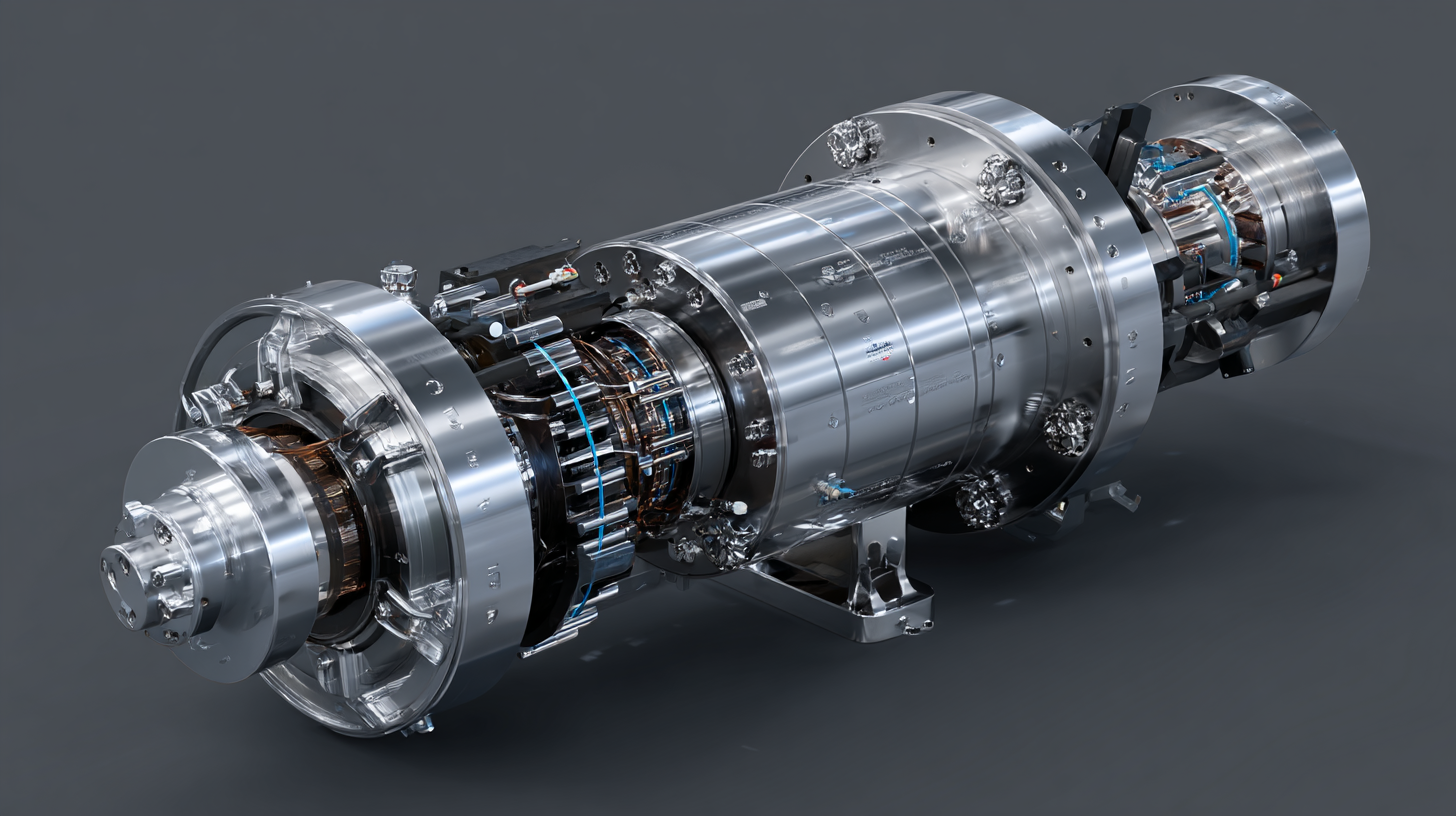
Understanding the Basics of Permanent Magnet Motor Generators: Key Principles and Functions
Permanent Magnet Motor Generators (PMMGs) represent a significant advancement in energy generation technology. At the core of their functionality lies the use of permanent magnets, which create a consistent magnetic field that enhances efficiency and reduces energy losses. Unlike traditional motors that rely on electromagnets, PMMGs leverage these permanent magnets to achieve better performance and reliability. This attribute not only streamlines the design but also lessens maintenance needs, making PMMGs an appealing choice for sustainable energy systems.
The basic operation of a PMMG involves converting mechanical energy into electrical energy through the interaction between the magnetic field and rotor movement. When the rotor spins, the magnetic field induces an electric current in the coils of wire, generating electricity. This seamless conversion process maximizes energy output while minimizing environmental impact, aligning with the global shift towards greener technologies. Understanding these key principles allows innovators and engineers to harness the potential of PMMGs in various applications, from renewable energy systems to electric vehicles, paving the way for a more efficient energy future.
Evaluating Efficiency Metrics: Comparing Permanent Magnet Motor Generators to Traditional Systems
The efficiency of energy systems has become a critical focal point in the transition towards sustainable technologies, especially as we compare Permanent Magnet Motor Generators (PMMGs) to traditional electric motor systems. According to the International Energy Agency (IEA), PMMGs can achieve efficiencies of over 95%, significantly outperforming traditional induction motors, which typically have efficiency rates ranging from 80% to 90%. This stark difference translates to lower energy consumption and reduced operational costs over the lifespan of the motors, making PMMGs an attractive solution for various applications.
In terms of performance metrics, PMMGs offer superior torque density and compactness, allowing for more versatile and efficient designs. A report from the U.S. Department of Energy highlights that PMMGs require less maintenance, as their design minimizes wear and tear compared to traditional motors. Additionally, with advancements in materials and manufacturing processes, the initial costs of PMMGs have been decreasing, further enhancing their competitiveness. This transition to permanent magnet technology not only reflects a shift toward higher efficiency but also aligns with global goals of reducing carbon emissions, positioning PMMGs as a cornerstone for future energy solutions.
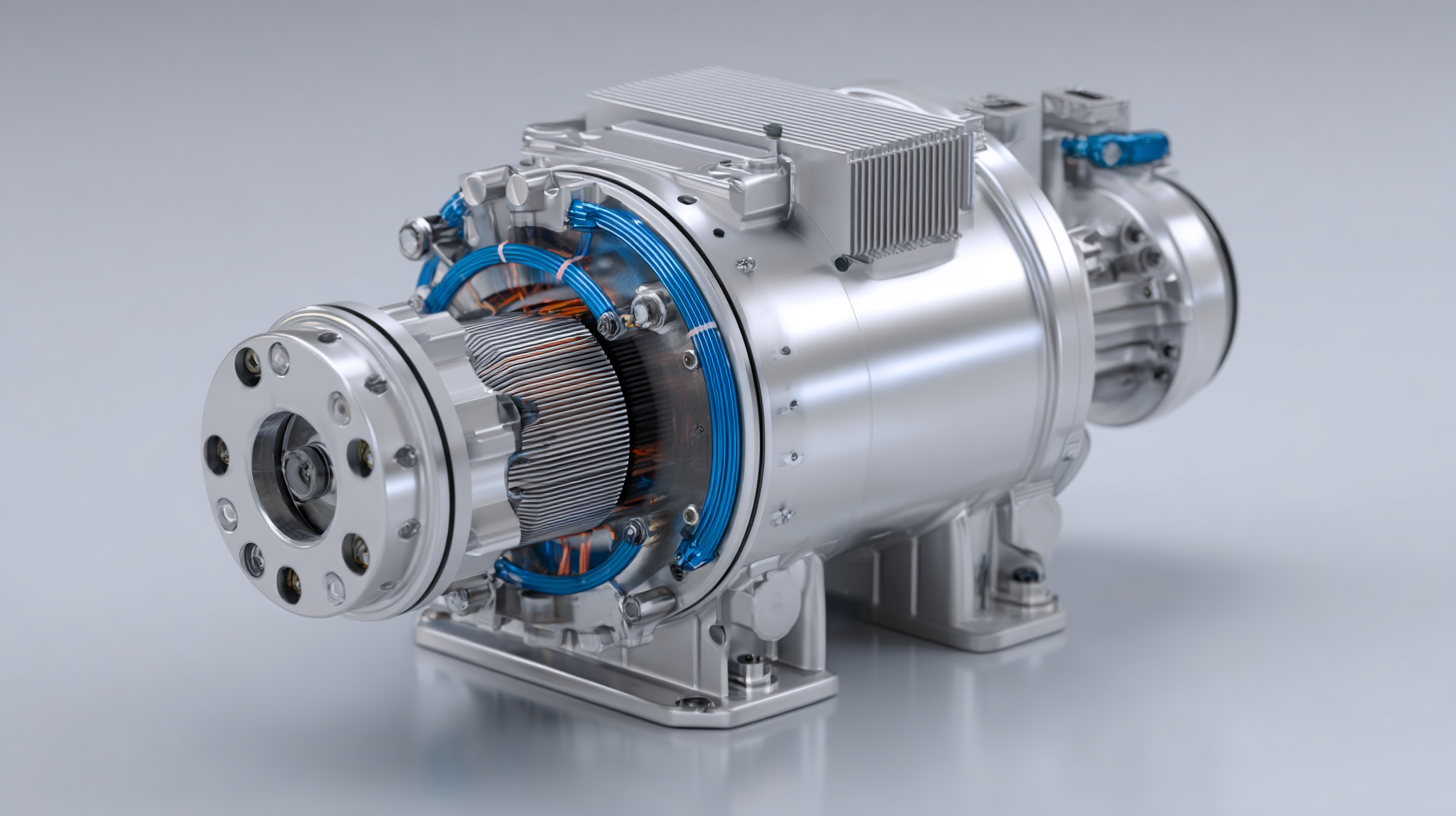
Examining the Economic Impact: Cost-Benefit Analysis of Permanent Magnet Motor Generators in Industries
The growing emphasis on environmental sustainability and resource conservation is driving remarkable changes in the electric motor industry, particularly in the adoption of recycling and circular economy practices. According to the latest industry reports, the global market for electric motors is projected to reach USD 200 billion by 2024, with permanent magnet motor generators playing a pivotal role in this shift. Companies are increasingly recognizing the value of reclaiming materials from obsolete motors, as the cost of rare earth elements, crucial for these technologies, continues to rise. This focus on sustainability is not just beneficial for the environment; it is also proving to be economically advantageous.
A recent cost-benefit analysis highlights that industries employing permanent magnet motor generators can significantly improve their operational efficiency and reduce long-term costs. The report indicates that transitioning to these advanced motor systems can lead to energy savings of up to 30%, translating to millions in reduced energy expenditures annually. Furthermore, as recycling practices improve, the lifecycle of these motors can be extended, reducing waste and the need for new material extraction. This circular approach not only aligns with global sustainability goals but also provides companies with a competitive edge in a marketplace increasingly focused on environmental impact.
Exploring Technological Advancements: Innovations in Permanent Magnet Motor Generator Design and Materials
The world of energy generation is on the brink of a revolution, driven by advancements in Permanent Magnet Motor Generators (PMMGs). These innovations focus on optimizing design and material usage to enhance efficiency and performance. Modern PMMGs leverage high-performance magnets and advanced engineering techniques, which not only improve energy output but also reduce the overall footprint of the motor. The integration of smart materials and lightweight composites is paving the way for more compact designs that can operate under diverse conditions while maintaining reliability.
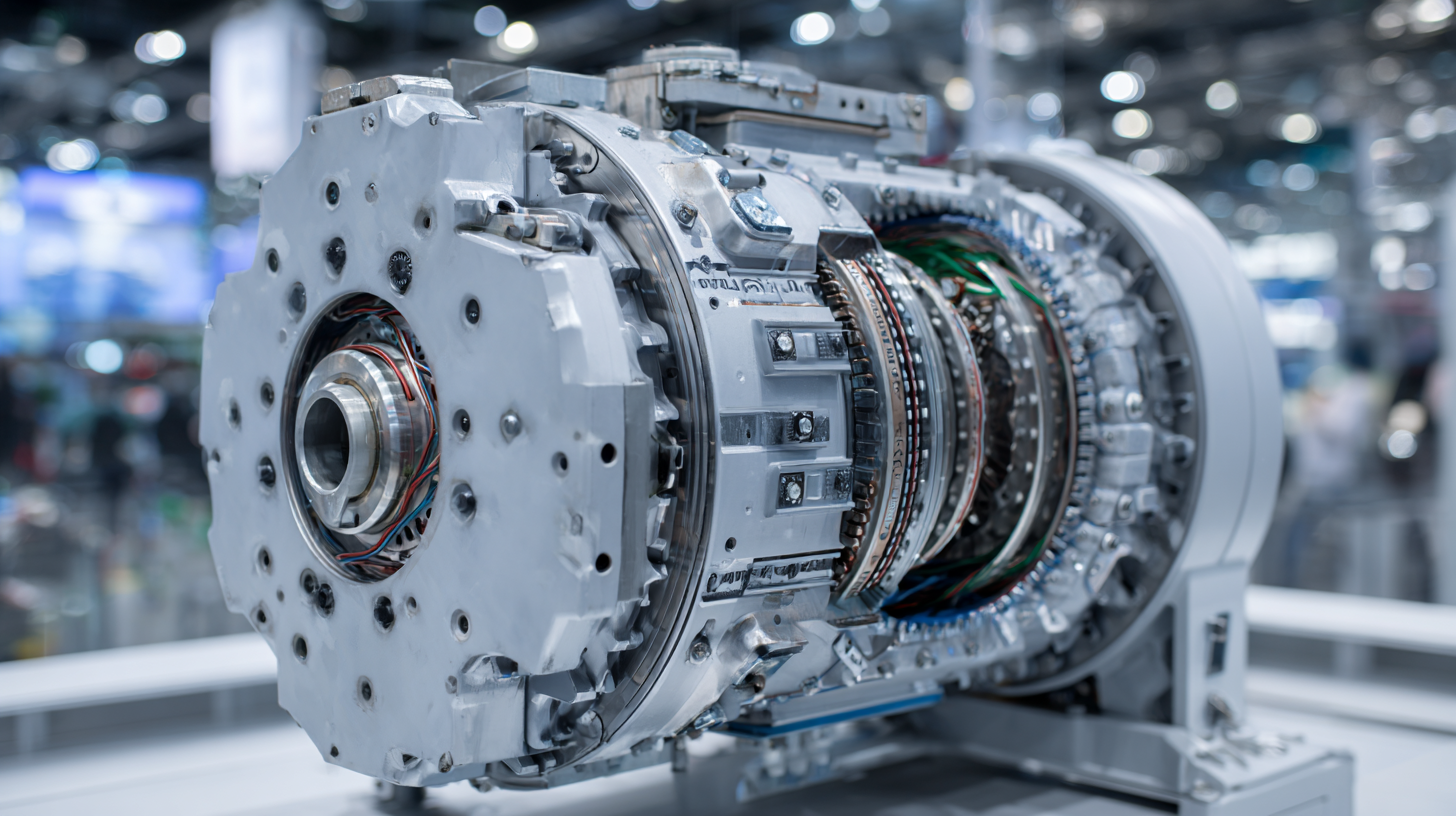
Tips: When considering PMMGs for your next project, focus on the type of magnets used. Neodymium magnets, known for their strength, can significantly enhance the efficiency of the generator. Also, explore the potential of recycling materials in the design process, as this can lead to both cost savings and reduced environmental impact.
In addition to material advancements, the integration of smart technology into PMMGs is transforming how we approach energy solutions. With sensors and digital controls, these generators are becoming smarter, allowing real-time monitoring and optimization of performance. This connectivity enables predictive maintenance, reducing downtimes and increasing longevity. As we look to the future, the potential for PMMGs to become a cornerstone of sustainable energy solutions is clearer than ever.
Tips: Keep an eye on emerging technologies in the energy sector that can synergize with PMMGs, such as AI-driven analytics. This can help in improving design efficiency and operational uptime.
Assessing Environmental Benefits: Reduced Emissions and Sustainability with Permanent Magnet Motor Generators
The transition to renewable energy sources is paramount in combating climate change, and Permanent Magnet Motor Generators (PMMGs) play a crucial role in this shift. Recent studies indicate that PMMGs are capable of achieving efficiency levels surpassing 96%, significantly reducing energy waste compared to traditional generators. This enhanced efficiency translates to lower greenhouse gas emissions, contributing to global sustainability efforts. According to the International Energy Agency, adopting high-efficiency motors could lead to a reduction in global electricity consumption by 10%, underscoring the environmental benefits of integrating PMMG technologies into energy systems.
Tips: To maximize the sustainability benefits of PMMGs, consider retrofitting existing systems with these advanced generators. Moreover, the use of eco-friendly materials in manufacturing can further decrease the carbon footprint associated with production.
The environmental impact of PMMGs extends beyond just efficiency. Their design allows for a reduction in rare earth material usage by up to 30% when compared to traditional electric motors. This reduction not only mitigates resource depletion but also minimizes the environmental damage associated with mining activities. Research from the World Economic Forum shows that relying more on PMMGs in wind and solar energy applications can significantly lessen reliance on fossil fuels, reinforcing the importance of adopting these innovative technologies for a more sustainable future.
Related Posts
-
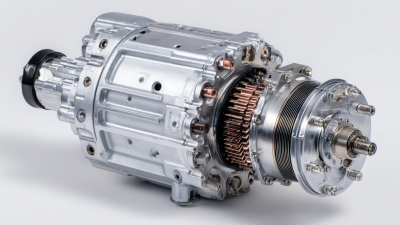
Revolutionizing Efficiency: The Role of Direct Current Permanent Magnet Motors in Modern Renewable Energy Systems
-
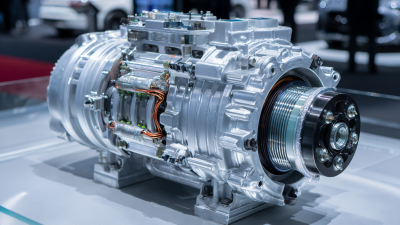
Unveiling the Efficiency: How 180V Permanent Magnet DC Motors Revolutionize Electric Vehicle Performance
-
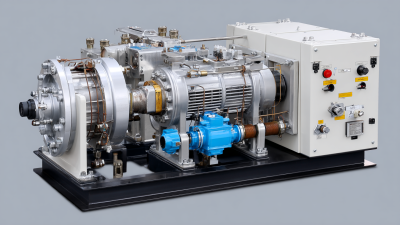
Unlocking the Future: How Imperial Electric Permanent Magnet Motors Enhance Energy Efficiency
-

Unleashing Efficiency in Electric Motors with Permanent Magnet Rotor Innovations
-
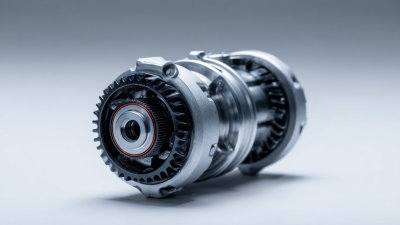
Revolutionizing Robotics: The Essential Role of DC Motor Magnets in Modern Technology
